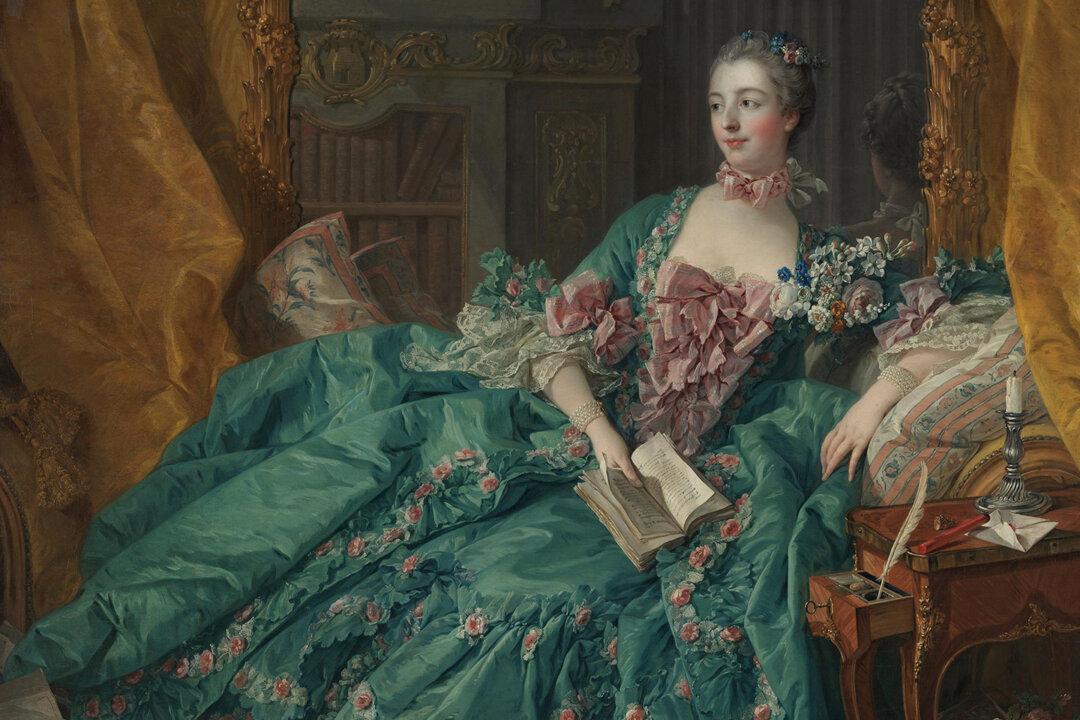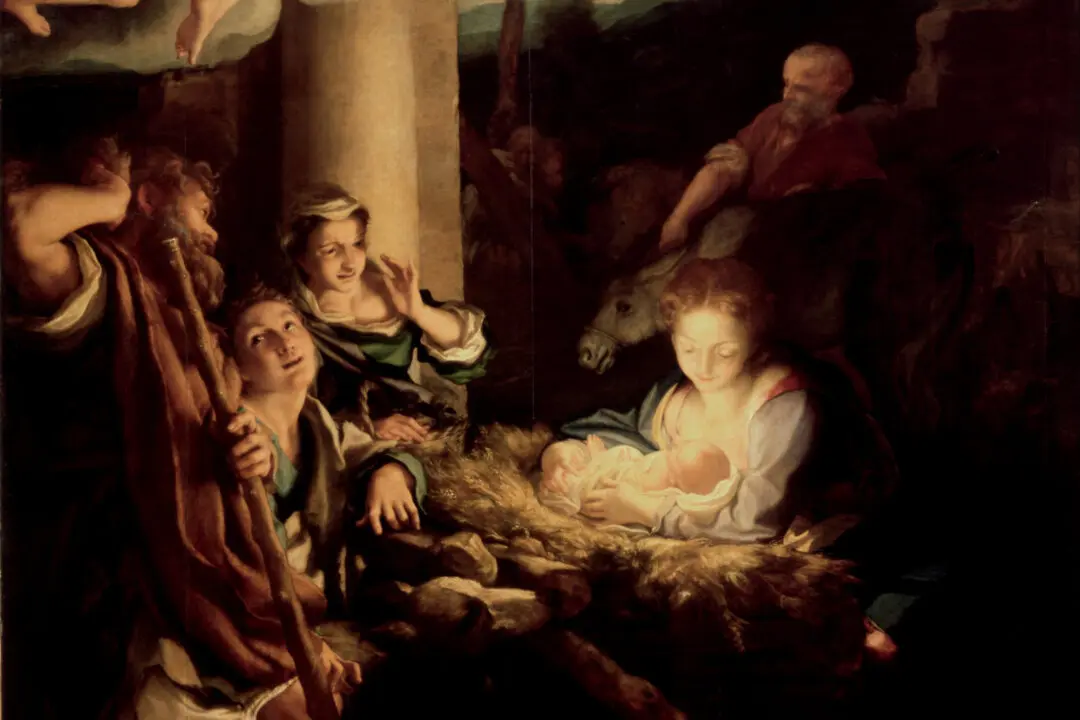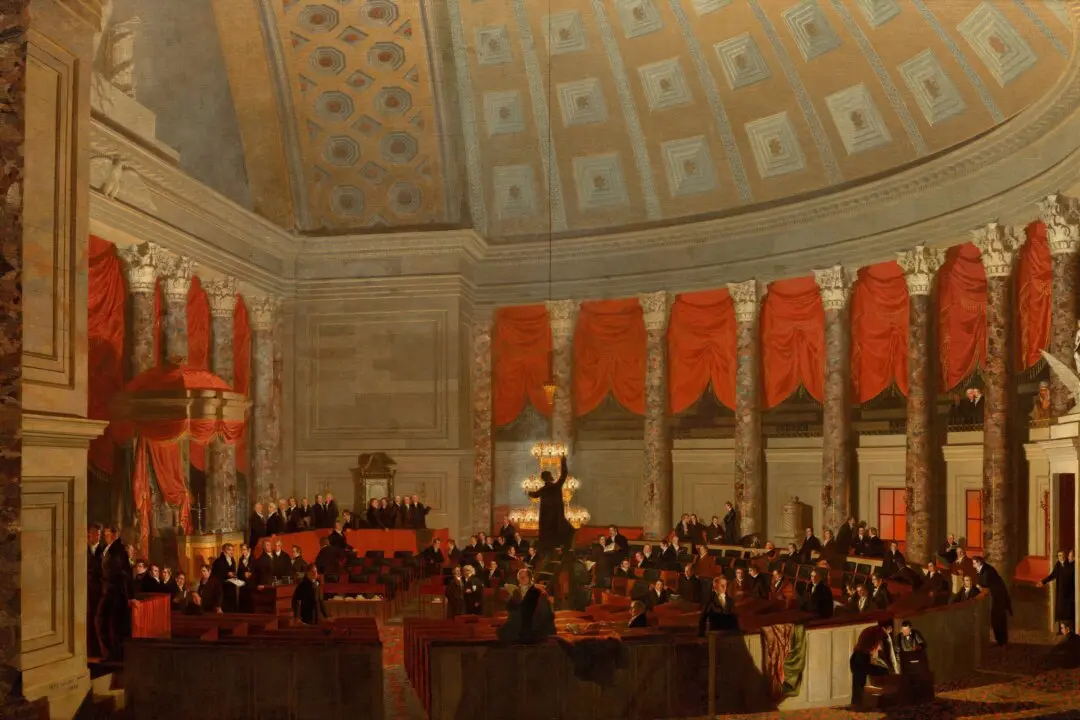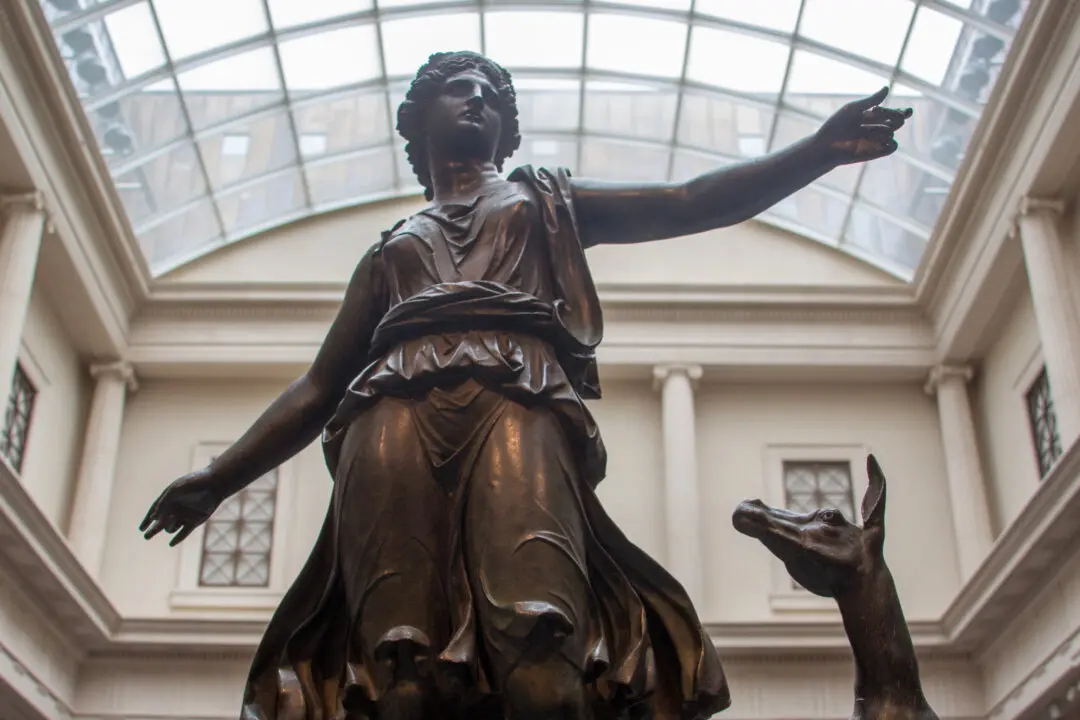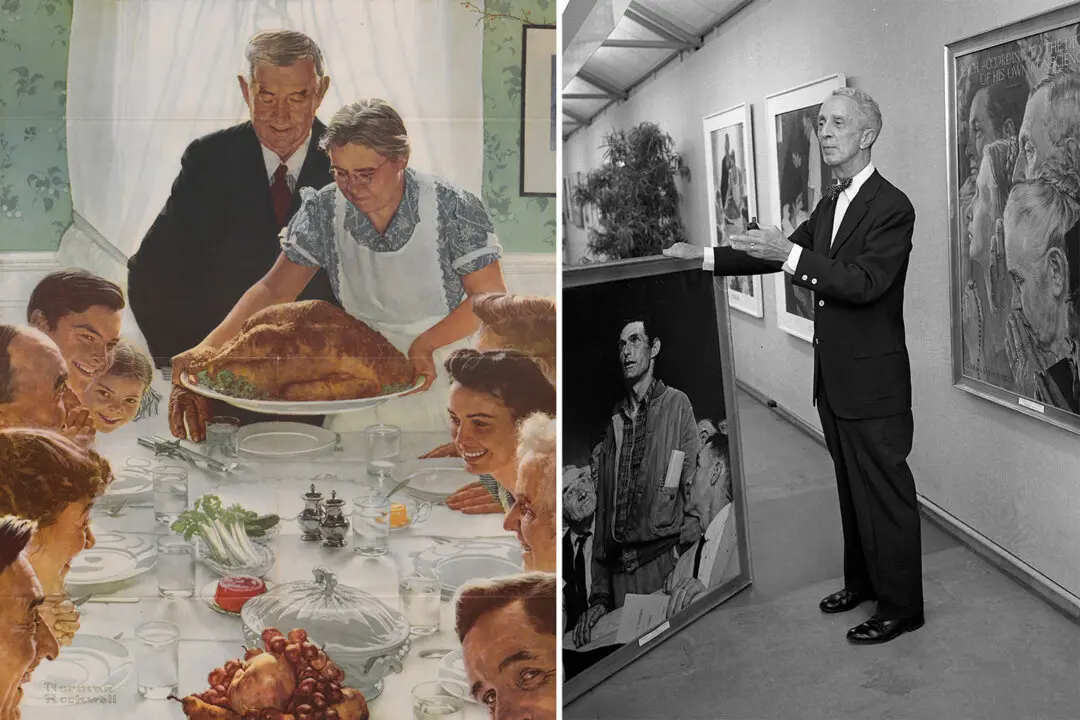The enduring emblematic connection between romance and roses can be found throughout the ages, making them the hallmark flower for Valentine’s Day.
People’s adoration of roses has a rich history spanning continents and centuries, dating to at least 3000 B.C. when they may have been first cultivated in China. The Chinese revered roses. Confucius said that the emperor had a library with 600 books on the subject.

